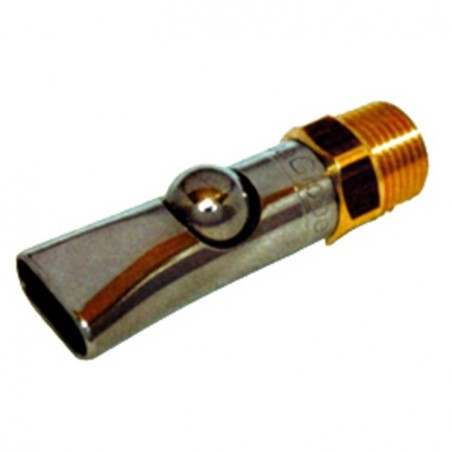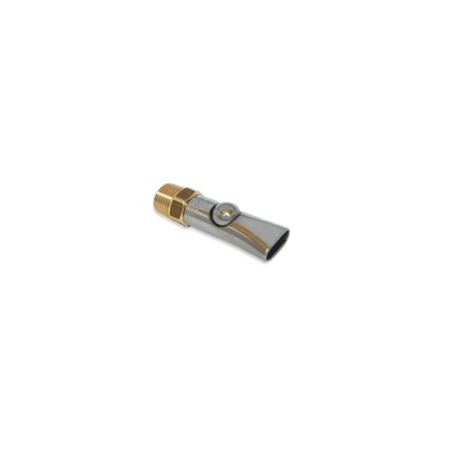A meta-analysis, using information from 45 experiments on growing-finishing pigs published in 39 manuscripts, was carried out to determine the simultaneous effects of the physical environment (space allowance, group size, flooring conditions, temperature, presence of enrichment), pig traits (initial body weight (BW) for each studied time interval, sex, genetics), feeder characteristics (water provision within the feeder, feeder design (individual/collective), feeder places/pig, presence of feeder protection) and feed characteristics (feed allowance (ad libitum/restricted), net energy content, crude protein (CP) content), as well as their potential interactions, on the feeding behaviour and performance of growing-finishing pigs.
The detrimental effect of low temperature on performance was particularly evident for restricted-fed pigs (P < 0.05). At reduced feeder space allowance, a reduction in the percentage of time spent eating was predicted when increasing initial BW, whereas the opposite was predicted for larger feeder space allowances (P < 0.001). The reduction in visit duration to the feeder in higher BW groups became gradually more important with increasing feeder space allowance (P < 0.01), whereas the increase in the ingestion rate and average daily feed intake (ADFI) with increasing initial BW became smaller with increasing feeder space (P < 0.05). The model predicted a reduction in feed conversion ratio (FCR) with increasing group size (P < 0.05) and floor space allowance (P < 0.01) and on solid floors with or without bedding (P < 0.05). In comparison with other feeders, wet/dry feeders were associated with more frequent but shorter feeder visits (P < 0.05), higher ingestion rates (P < 0.001) and higher ADFI (P < 0.10). The use of protection within individual feeders increased the time spent feeding (P < 0.001), reduced the number of visits per day (P < 0.01), the ingestion rate (P < 0.001) and FCR (P < 0.01) in comparison with other feeder types. Sex modulated the effect of the number of feeder places/pig on FCR (P < 0.05), with a gradual reduction of FCR in entire males and females when increasing feeder space allowance. Genetics tended to modulate the effect of diets’ CP content on FCR (P < 0.10).

Overall, these results may contribute to the improvement of the welfare and performance of growing-finishing pigs by a better knowledge of the influence of the rearing environment and may help optimize the feeding strategies in current production systems.
X. Averós, L. Brossard, J. Y. Dourmad, K. H. de Greef, S. A. Edwards and M. C. Meunier-Salaün. Meta-analysis on the effects of the physical environment, animal traits, feeder and feed characteristics on the feeding behaviour and performance of growing-finishing pigs. animal. Vol. 6 (08). 2012, pp 1275-1289. http://dx.doi.org/10.1017/S1751731112000328





